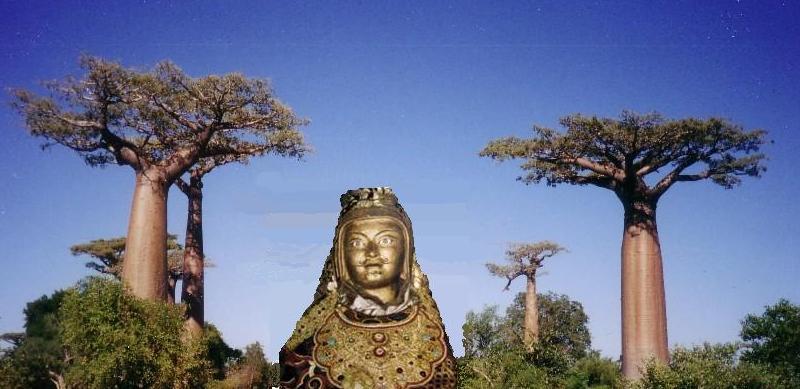There are a lot of things I find interesting about this article, titled “Buddhaguptanatha and the Late Survival of the Siddha Tradition in India,” by David Templeton.

Usually, when reading about the history of Indian Buddhism, one finds the narrative ends abruptly in 1193, when the great monastic university N?land? was destroyed by Muslim invaders. Buddhism had been in decline for centuries but, the story goes, the destruction of N?land?, Vikrama??la and the other mahaviharas was the finishing blow. As is often the cause with conventional narratives, this outline is basically true, with caveats.
Buddhaguptan?tha had belonged to the Natheshvari, a subsect of the Naths, Shaivite Hindu yogins. As Templeton describes, the Natheshvari “combined Buddhist and Hindu teachings . . [they] held Buddhist lineages of instruction within their own Hindu teaching milieu and yet they remained Nath siddhas.” Buddhaguptan?tha reported that he himself developed an entirely Buddhist orientation after having a series of visions of Vajrayogini.
So it seems most likely that Indian Vajrayana Buddhism was absorbed back into the murky, cross-pollinated milieu out of which it arose, and preserved in some form for hundreds of years into the millennium. In fact, in the 1930s one of the Dalai Lama’s teachers, Khunu Lama Tenzin Gyaltsen, supposedly claimed to have met sadhus at Varanasi who, though they outwardly appeared to be Hindus, were secretly Chakrasa?vara practitioners (this according to his student, the translator Christopher Fynn).
One of the more colorful claims of Buddhaguptan?tha’s was that the teachings of Padmasambhava spread to Madagascar. Of course, he seems to have mistaken Jesuits for bhikshus, so he may have been a little confused overall.
